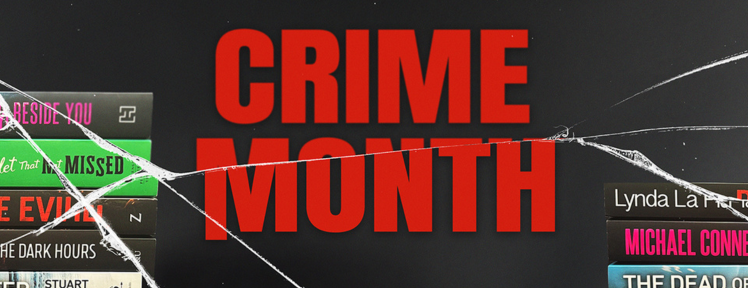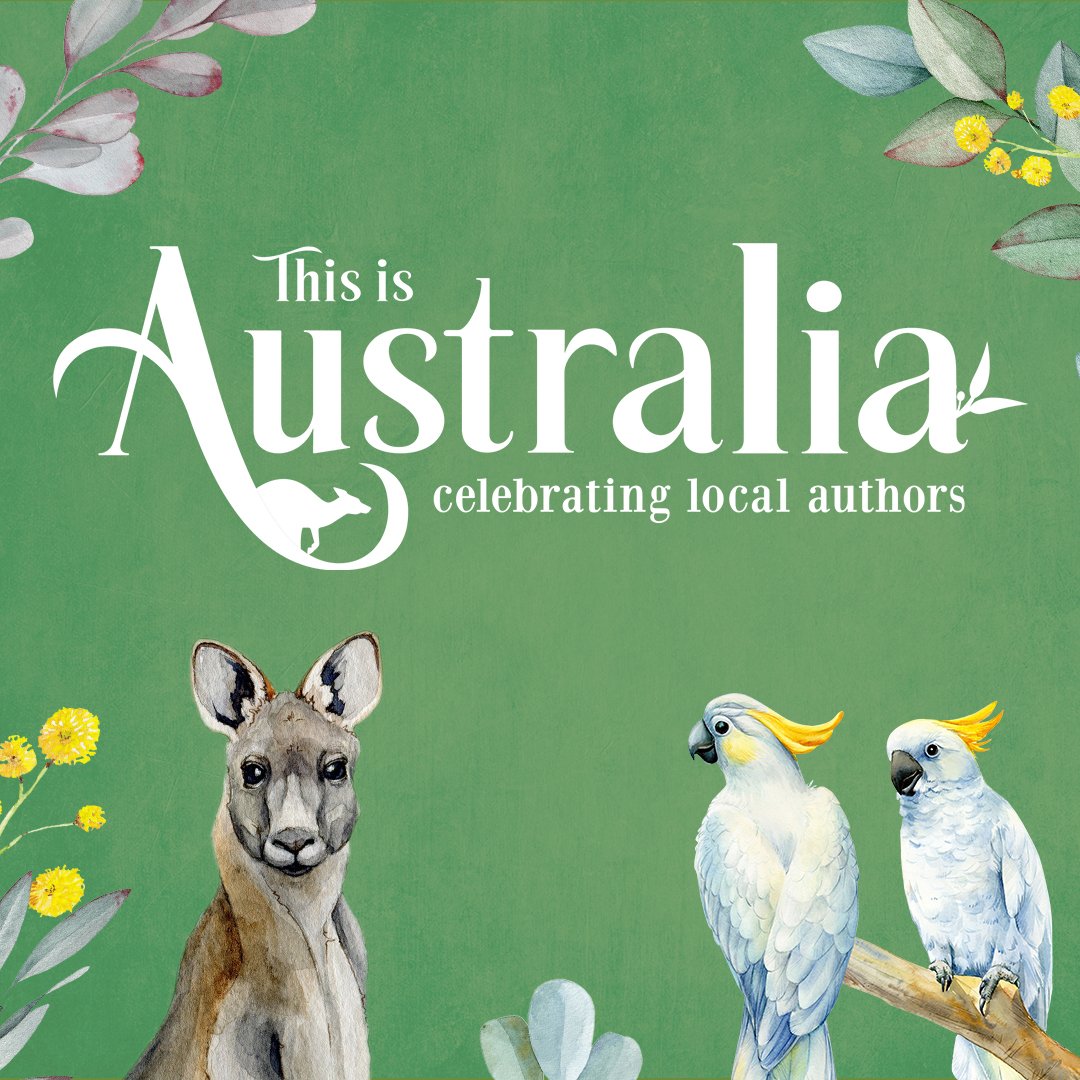Chris Flynn is the author of The Glass Kingdom, A Tiger in Eden (shortlisted for the Commonwealth Book Prize) and now Mammoth. His fiction and non-fiction have appeared in The Age, The Australian, Griffith Review, Meanjin, Australian Book Review, The Saturday Paper, Smith Journal, The Big Issue, Monster Children, McSweeney’s and many other publications. He has conducted interviews for The Paris Review and is a regular presenter at literary festivals across Australia. Chris lives on Phillip Island, next to a penguin sanctuary.
Today, Chris is on the blog to tell us the fascinating history of the mammoth and how it features in his latest novel. Read on!
“Ten thousand moons ago, a mighty creature roamed the gloomy forests of our nation. The beast was huge as a frowning precipice, cruel as the bloody panther. With wanton fury it stalked the plains and thunder rolled in its wake. Renowned naturalist and world-famous portraitist Charles Willson Peale has, for the first time in history, recovered the skeleton of this uncanny fiend, the incognitum. Be among the first humans to lay eyes upon the mighty MAMMOTH, the largest of terrestrial beings! All who dare are invited to visit Mr. Peale’s museum, located on the second floor of the American Philosophical Society, on Fifth and Chestnut.“*
In 1801, Philadelphia, and indeed the entirety of the United States, were in thrall to an exciting new discovery. The bones of large creatures had been dug up and were on display for the first time to the public. Americans went mammoth crazy. Within months, everything was mammoth-themed. A twenty-pound vegetable grown in New York was proclaimed as a Mammoth Radish. In Washington, a fellow labelled himself a Mammoth Eater after digesting forty-two chicken eggs in ten minutes.
In the town of Cheshire, Massachusetts, Baptist pastor John Leland asked the women of his congregation to produce a Mammoth Cheese as a gift for President Jefferson, who was himself obsessed with the creature. The cheese weighed 1235lb, was four feet wide and fifteen inches thick. It was transported to Washington by sleigh, boat and wagon. Jefferson and his family had it for tea on New Year’s Day, 1802. They were still eating it a year later, although rumours abound that it had gone sour and was discreetly dumped in the Potomac River.
Although the above information appears in my new novel Mammoth, it is, as far as I could verify, all true. The speech enticing citizens to visit Peale’s mammoth skeleton was spoken by Moses Williams, a former slave working at the Museum who was forced to dress as a Native American and roam the streets of Philadelphia, handing out flyers.
The joy, and arguably the problem with writing historical fiction is that it is easy to get distracted by a thousand fascinating rabbit holes. Mammoth is full of this kind of information. I couldn’t resist. Although the book ostensibly traces the origin of megafauna and dinosaur bones that were on sale at a 2007 Natural History auction (fought over by celebrities like Nicolas Cage and Leonardo DiCaprio) and is told in the voices of the fossils themselves, virtually all of the historical facts and personages that appear are real. Some of their unlikely-sounding dialogue is lifted verbatim from what we know they said at the time.
At the beginning of the 19th century, mankind’s conceptions of the world were changing. The discovery of ancient bones caused a schism in scientific thinking. At that point men of science were often also men of faith, who believed the world to be about 6,000 years old. When naturalists like Georges Cuvier proposed the theory that the Earth might be considerably older and was once ruled by reptiles, he was ridiculed.
It’s easy for us to laugh at this naivety, although science is still today pulling the rug out from under our feet. One of the reasons I had for writing Mammoth was to offer a message of hope. We live in relentlessly gloomy times. It feels like there’s always some new crisis lurking around the corner, ready to send us into a downward spiral, be it terrorism, bushfires, coronavirus or climate change. So how about some ironic good news?
The Siberian permafrost is melting. As a result, tens of millions of mammoth carcasses are becoming exposed and we are finding viable DNA amongst the specimens. Scientists such as Dr George Church, Professor of Genetics at Harvard and head of the Harvard Woolly Mammoth Revival Team (he read Mammoth and said some very nice things about it, btw) are working on cloning these extinct animals back into existence in order to save our skins.
Great herds of mammoth once roamed the north of the world. They compacted the snow and kept the ground cold and hard, essentially running the Earth’s refrigerator. After we turned up and ate them all, the Ice Age ended and the planet began to warm up, thus marking the beginning of human-influenced climate change.
The idea is to put them back. Plans are underway right now to clone mammoth (they are 99.96% Asian elephant anyway) in the laboratory, have the first generation raised by elephants until they can breed naturally, restore the great herds and release them in re-wilded Siberia. The hope is that they will restore the permafrost by helping to cool everything down. This won’t reverse climate change, but it could buy us some time to wean everyone off their favourite fossil fuels, plastics and other dirty habits. It’s a radical idea, but it’s worth a shot.
Not only am I excited at seeing live mammoth within a few years, I also love the notion of humanity as a solution-oriented species, that we can re-integrate with the animal kingdom for mutual gain. By correcting the mistakes of the past, we can move forward and look to a positive future with a sense of hope, taking solace from creativity and imagination as powerful human forces that can and will save us, with a little help from some old friends.
–Chris Flynn
Mammoth (University of Queensland Publishing) is out now.
*In addition to the Museum admission fee, entry to the Mammoth Room is charged at the additional rate of 50c per visitor.

Mammoth
Narrated by a 13,000-year-old extinct mammoth, this is the (mostly) true story of how a collection of prehistoric creatures came to be on sale at a natural history auction in New York in 2007.
By tracing how and when these fossils were unearthed, Mammoth leads us on a funny and fascinating journey from the Pleistocene epoch to nineteenth-century America and beyond, revealing how ideas about science and religion have shaped our world. With our planet on the brink of...







 What do we know about the Boy Swallows Universe Netflix show?
What do we know about the Boy Swallows Universe Netflix show?  Booktopia’s top thrilling fiction picks for Crime Month
Booktopia’s top thrilling fiction picks for Crime Month  Booktopia’s Top First Nations Book Recommendations for 2023
Booktopia’s Top First Nations Book Recommendations for 2023
Comments
No comments